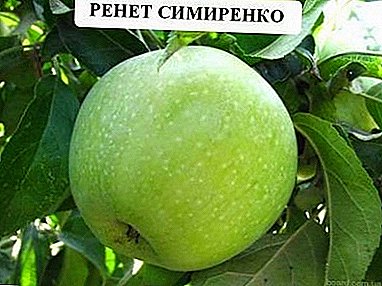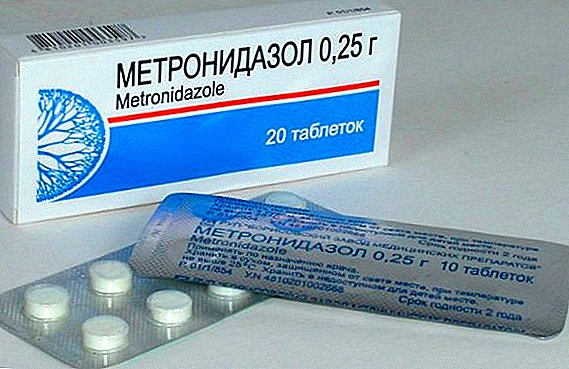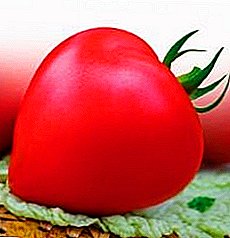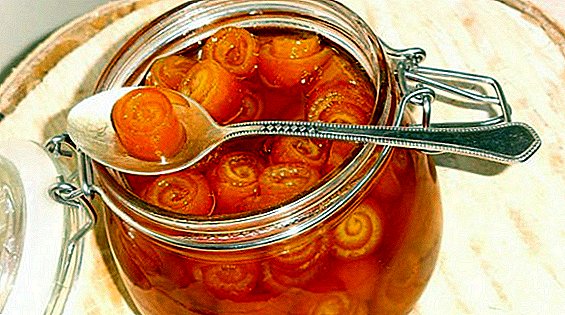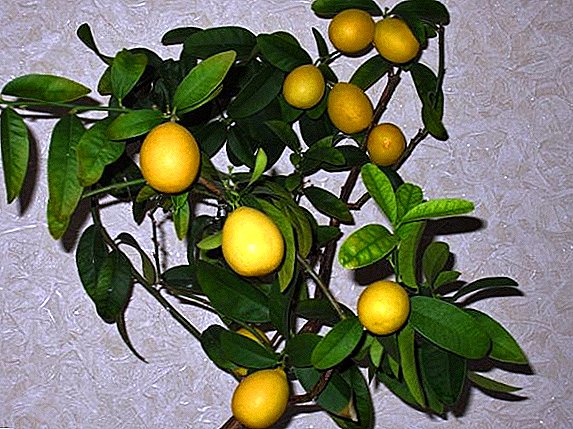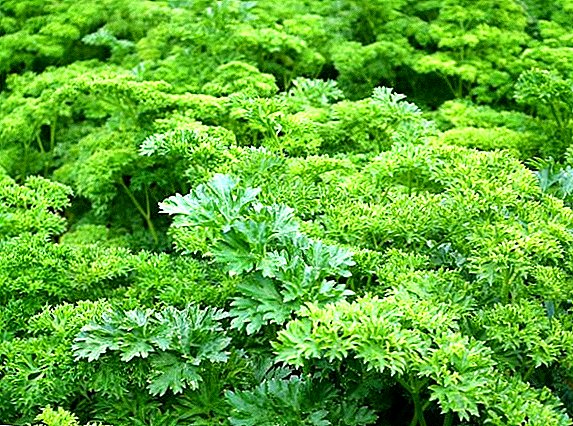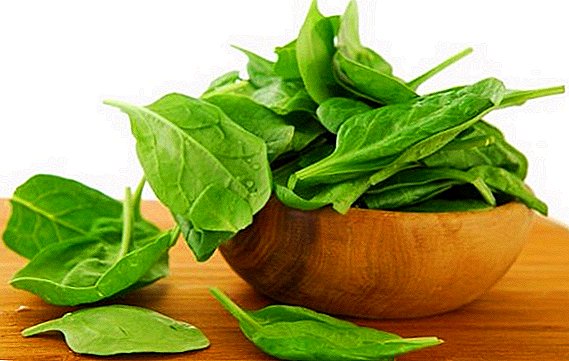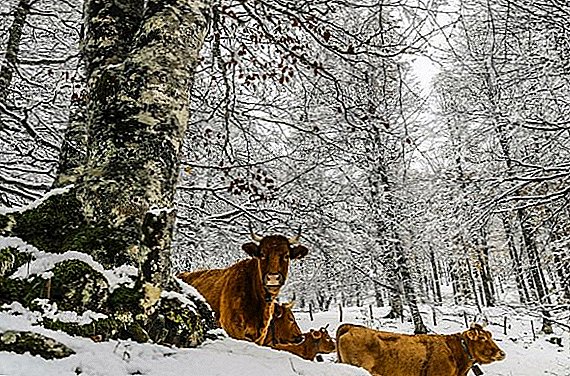 With the arrival of cold weather cows require careful care. In order for the cow to give good milk in sufficient quantity, it is necessary to prepare a room for it in advance and stock up on various kinds of feed. In this article, we will talk about why it is so important to follow the rules in drawing up the winter ration of a cow and how to develop a good menu for an animal.
With the arrival of cold weather cows require careful care. In order for the cow to give good milk in sufficient quantity, it is necessary to prepare a room for it in advance and stock up on various kinds of feed. In this article, we will talk about why it is so important to follow the rules in drawing up the winter ration of a cow and how to develop a good menu for an animal.
The main differences in feeding cows in winter
You should take care of the cow's winter nutrition even in the warm season: prepare those feeds that will help the animal survive the stall phase with minimal loss of milk production. 
Consider the main differences in the winter diet of cows:
- The base of the “cold” menu should be hay (mowed and dried grass helps maintain healthy microflora in the intestines, and also maintains the immune system in good condition). Due to the fact that there are no green fodder in winter, dried herbs (haylage) help to partially preserve the benefits of green.
- “Conservation” of useful elements for cattle is often called silage (tops, grass, corn, sunflower). Offer silage to livestock as feed - it will be a good "vitamin" support in the cold season. However, do not use silage as the main component of the diet - it contains a sufficiently large amount of acids.
- Straw and chaff are added to the "for quantity" diet. Since this is a difficult digestible food, be sure to steam it up before use.
- Cake flax and sunflower - good sources of protein.
- Root vegetables (potatoes, beets and others) also contribute to the increase in milk production.
- Vegetables (for example, cabbage, carrots) will enrich the body with an additional portion of organic matter.
- As a mineral supplement, use soda, bone meal and salt.
Important! Combined feed at any time should be used with caution. On the one hand, they are rich in nutrients and minerals, on the other - are poorly digested, and if they are consumed excessively, they lead to serious indigestion.
How to feed a cow in the winter
The amount of milk that is obtained from a single cow is largely related to nutrition. Depending on the breed of your cow, provide her with a regular balanced diet.
Before calving (during the dry period)
The dry period is the time from the completion of lactation of the pregnant cow to the next calving. Depending on age, obesity, productivity and health, its duration is 45-60 days. With a balanced feeding, the glandular breast tissue resumes in the non-milking period by the next lactation. Nutrients that were previously spent on the formation of milk are spent on the formation of the fetus.  In addition, in the dry period in the body of the animal supplies of nutrients are created, which are used for the formation of milk in the first time after calving. During the dry period, first of all, silage and root crops are excluded from the diet. You can leave hay and concentrates. In the event that milk production continues, it is necessary to remove concentrated feed from the diet, leaving only hay there.
In addition, in the dry period in the body of the animal supplies of nutrients are created, which are used for the formation of milk in the first time after calving. During the dry period, first of all, silage and root crops are excluded from the diet. You can leave hay and concentrates. In the event that milk production continues, it is necessary to remove concentrated feed from the diet, leaving only hay there.
Did you know? The world's largest cow weighed two and a quarter tons.
For 50-60 days of dry cows are kept in a separate room and provide the highest quality feed. This is hay, rich in legumes and cereals, which provides the cows with protein and vitamins. In the summer months it is necessary to give fresh grass. Hay should form the basis of the winter diet for beef cattle and more than 30% for dairy breeds.
Dairy cow after calving
To feed the cow immediately after calving, you need to prepare in advance to know what to do with the cow. First of all, after 30-40 minutes, it needs to be given plenty of water to drink, since during labor a lot of strength and moisture is lost from the body. Then you need to put high-quality fresh and clean hay in the feeder. The cow herself knows when and in what quantities she needs to eat.  On the second day, a concentrated feed can be added to the diet - bran with water, such a talker does not irritate the stomach, has a cooling effect on the body and contributes to a normal stool. Sometimes, after calving, constipation may occur, so you need to pay special attention to nutrition, which will favorably affect the work of the digestive tract.
On the second day, a concentrated feed can be added to the diet - bran with water, such a talker does not irritate the stomach, has a cooling effect on the body and contributes to a normal stool. Sometimes, after calving, constipation may occur, so you need to pay special attention to nutrition, which will favorably affect the work of the digestive tract.
On the third day, a bran talker can be replaced with a oat talker (1.5 kg per day). Succulent feed in the diet of the cow should be led smoothly and very carefully. If you immediately give a huge amount of root crops or vegetables, you can provoke an upset stomach and excess fluid, which can turn into puffy udder.
Learn how to feed a dry and milking cow.
Winter milk yield from a cow
In the cold season, the cow gives little milk, but if you compensate for the cold with proper care, you will avoid it. To females are well milked and given a lot of milk, you can use different tricks. 
What is the average gives
Seasonality when calculating the volume of milk production is very important. The amount of milk produced in different breeds is not the same and depends on a number of factors. These include female age, season, calving time, feed composition, housing conditions, and even milking. One individual dairy breed in the winter time of the day for a day can give about 15 liters of milk.
On average, with one animal in winter, you can get 15-20 liters per day, and the better care for a cow, the richer the nutritional content, the fatter milk. Milk fat is standard and is about 4%.
Did you know? Cows harm the environment more than cars. Their waste products (manure) and simply intestinal gases make about 18% of the contribution to the greenhouse effect of the Earth.
How to increase the yield
In order to give you food, to please you and bring you a good income, first of all, provide the animal with balanced vitaminized food. We have already dealt with the nuances of feeding, then we will consider the recommendations of experienced breeders for the care of young cows. The following rules will help to significantly increase the winter yield.
- The amount of milk is largely due to temperature. The cows in northern areas in the winter produce less milk than in summer - low temperatures can significantly reduce milk yield. Frost - is the main enemy, stealing milk yield. In a cool room, milk yield decreases at any time of the year by 10-15%. Not only is the milk production reduced, but also the weight of the animal, since a lot of energy from food goes to heat the body. If, however, to provide an animal with proper care in winter, from one female you can get more than 10 liters of milk per day.
- Another significant moment is a regular udder massage. The purpose of this procedure is to stimulate the udder so that the milk is better diverted and no stagnant processes occur.
- It is equally important to produce milk systematically (several times a day). The more strictly you follow the schedule of the milking process, the better the results will be.
Important! The cow should always have clean water in the access zone with a temperature not lower than +15 °C. Cold water can lead to disease of the animal and reduce milk yields.
- Also, the activity and mobility of animals is important for increasing winter milk production. The cows should not stand in a stall without movement; if possible, provide them with daily walks.
- And last but not least, the condition for the stimulation of milk production is the treatment of animals. The cow perfectly feels the mood and character of the owner. Handle it carefully, do not raise your voice, do not forget to iron. The friendlier you will deal with a cow, the more productive its return will be.

These are the general recommendations for feeding cows in winter. With all the rules, you can achieve high milk productivity of the cow and significantly enhance the health of the cow.


